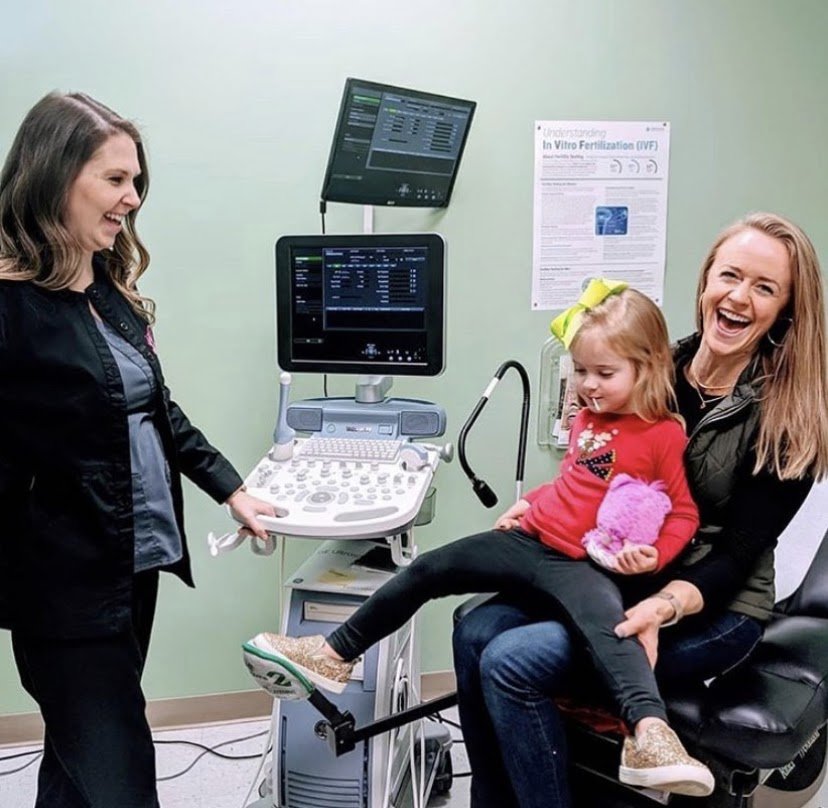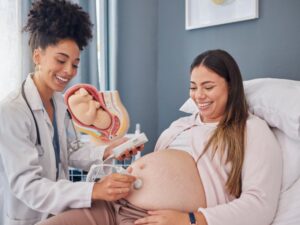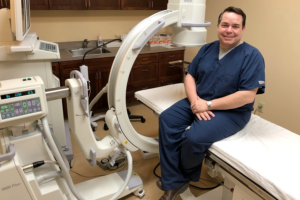 Dr. Travis McCoy Discusses The Best Chances for Natural Pregnancy
Dr. Travis McCoy Discusses The Best Chances for Natural Pregnancy
Dr. McCoy, what are the best practices for a couple to get pregnant?
One of the first things to understand is what is normal in how long it takes to get pregnant naturally. In human fertility usually, we expect a 25-30% chance per month with trying naturally. That is usually balanced through the ’20s of the female. As a woman gets older it declines, by age 30 it’s 22% per month and by age 35 it’s 18% per month and by age 40 it’s down to about 12% per month.
So even with a young healthy woman, it can normally take 4-6 months. But likewise in young healthy women, the vast majority should be pregnant within a year. We usually start to consider doing some investigation if a couple has been trying for six months to a year.
 In a woman who has regular, consistent menstrual cycles most of those women will be ovulating about the midpoint from the start of one cycle to the start of the next. But an egg only has 12 hours to be fertilized naturally. So timing is very important, but good, healthy sperm can live inside for a few days which is what really allows for any couple a window of opportunity to overlap the sperm and the egg.
In a woman who has regular, consistent menstrual cycles most of those women will be ovulating about the midpoint from the start of one cycle to the start of the next. But an egg only has 12 hours to be fertilized naturally. So timing is very important, but good, healthy sperm can live inside for a few days which is what really allows for any couple a window of opportunity to overlap the sperm and the egg.
In women who cycle regularly, one option can include using over-the-counter (OTC) test kits. These pick up the hormone signals that get sent from the brain to the ovaries to start the ovulation process. The one caution is that these tests do not always work for everyone. In most cases, they tend to work or they don’t. Even in women who ovulate very regularly as many as ⅓ of them cannot detect it using these test kits. If a woman is able to detect these ovulation signals it is a very accurate way of timing when it’s the proper time to have intercourse.
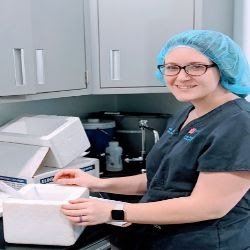 What are the options?
What are the options?
One option is for the woman to use these test kits and see if they work for her, but if they do not get a positive result on the test it does not mean they are not ovulating. It just means that those tests will not be reliable for her. So for some people using these tests can help narrow the window in which to properly time intercourse. In women who cannot get a positive test, another option is to time intercourse roughly around the widow of ovulation. We usually refer to the first day of her cycle as the first day her period starts. From that reference, most women have regular cycles somewhere between days 11-18. So one option is to simply have intercourse every other day during that window of likely ovulation. Every day intercourse is not needed and usually, every other day is more than adequate. And that is because sperm has a few days lifespan.
For some patients doing the ovulation, testing is more stressful to them whereas other patients really want more information and they feel like it helps them be less stressed. So whether or not to do the OTC testing depends on how each woman looks at her situation. Either using the calendar or the test kits is a very good first step to do.
What about women who have been on birth control medications?
Most women who have regular cycles should resume within the next month and definitely within two months. So if she does not resume having regular cycles by two months after stopping the pill that is always a concern that she may not be ovulating regularly. Those women may need ovulation medicines to restore normal ovulation. But there is not a waiting period as not waiting after coming off the pill, they can try within the first month. And the same thing applies if she had an IUD that was removed.
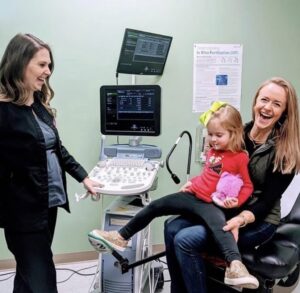 Does a previous pregnancy have any impact on this?
Does a previous pregnancy have any impact on this?
It’s always favorable if a woman has had a prior pregnancy. But it doesn’t necessarily change the direction in which we go, or how long we tell them to try, but as a woman ages it can naturally take longer for her to get pregnant, however the longer she tries naturally her odds decline further. This is why we usually say six months or longer of attempts and we start to look into some type of evaluation. Between the six months to year attempts regardless of age.
At this point what are you going to do?
The first thing is to review her history which is something that can be disconcerting. Red flags would include irregular cycles which would include that she is not ovulating when she thinks she is, Other factors would include pain during her period which could indicate endometriosis. Other factors include any history of prior infection such as chlamydia which is a concern for underlying tubal issues. And also concerns about the male if he has never fathered a pregnancy before. So any dysfunction in a male or if he has never fathered a pregnancy before is a concern about his status.
When do patients come to you?
By the time a patient gets to us the vast majority have been trying on their own. By the fact that they have not gotten pregnant yet sways the fact that they are not at the top of the bell curve as far as fertility goes. The women and many women can get pregnant naturally trying on their own, but by the time they get to us the couple has tried these simple therapies, and usually, that justifies further investigation on our part.
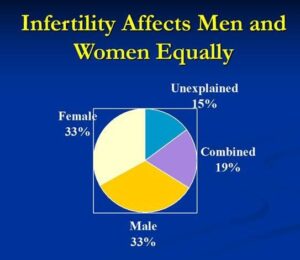 What do you do at this point?
What do you do at this point?
Well, the vast majority have been trying to conceive on their own and the fact that they have not gotten pregnant yet starts to sway the odds that they are not at the top of the bell curve as far as fertility goes. And many women can get pregnant naturally trying on their own, but we usually don’t get to see those women.
The majority of couples have tried these options and usually, if they have not gotten pregnant it includes checking the male partner first and trying to determine if she ovulates regularly. And ensuring that she does not have issues with her fallopian tubes or the uterus. Those are the first line of things we consider.
Dr. Travis McCoy, MD
Reproductive Endocrinologist
Director of Male Fertility
Advanced Gynecologic Surgery
PREG has 3 IVF Centers (Greenville, Columbia & Lowcountry) with offices in Asheville & Spartanburg.
866.725.7734
Images PREG &: Unsplash.com

